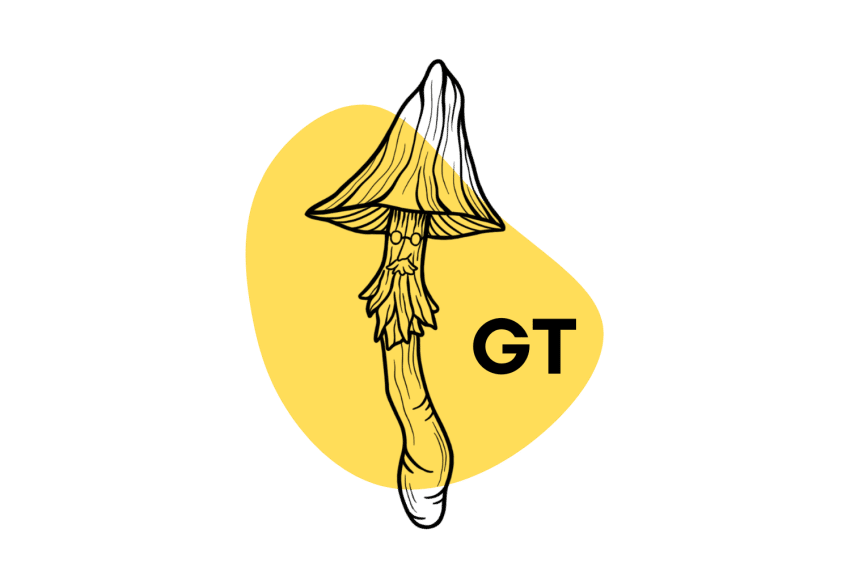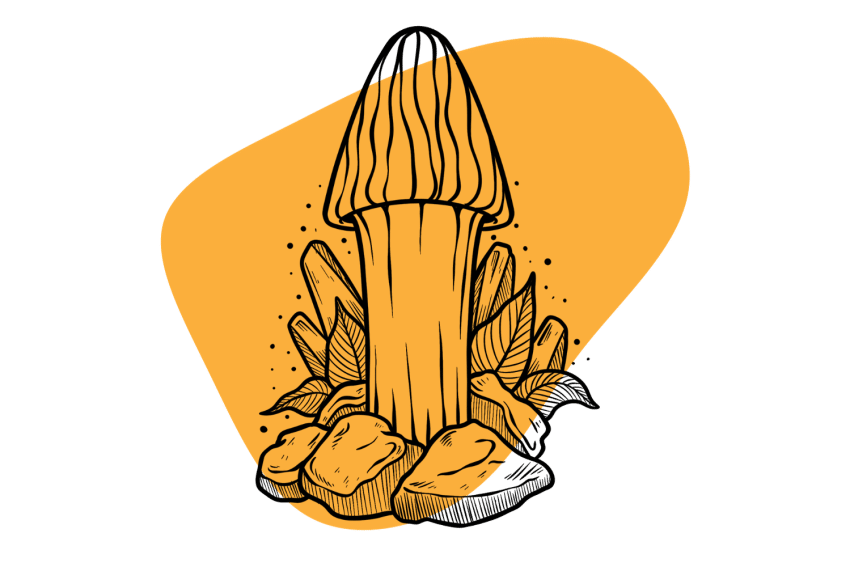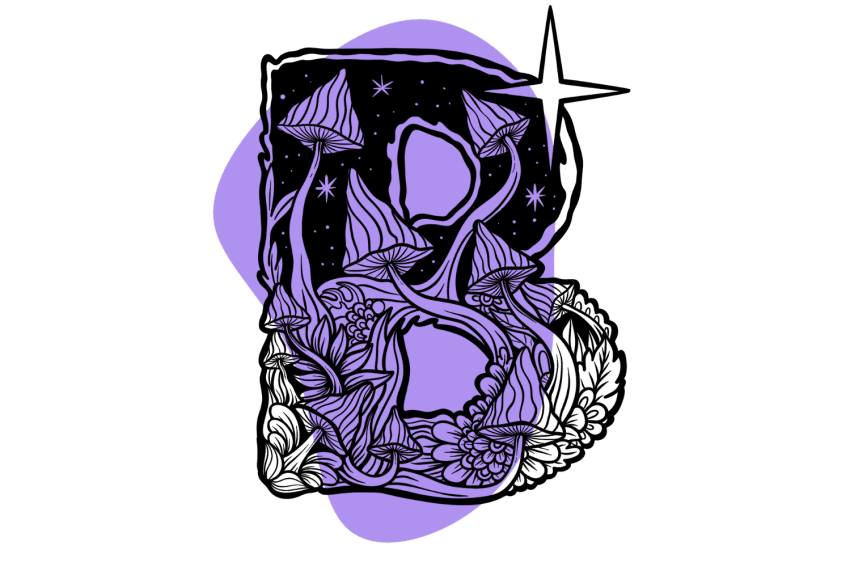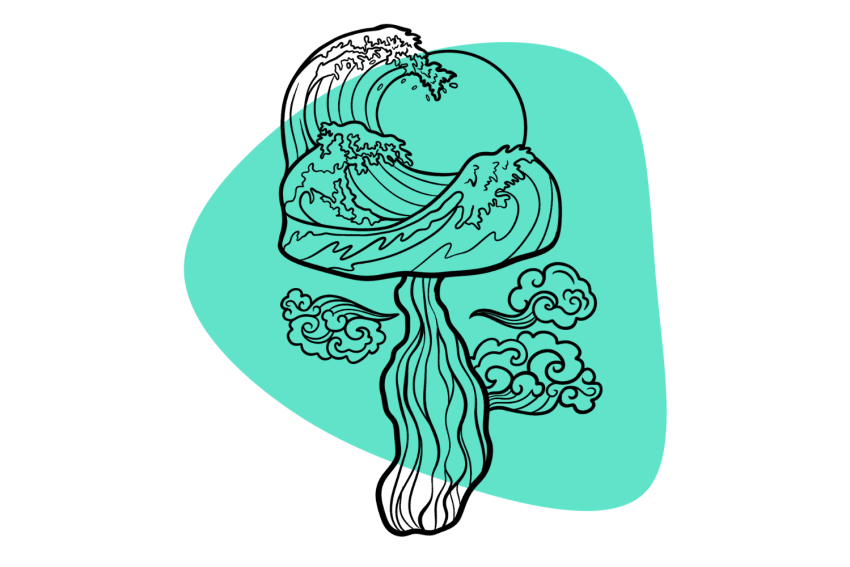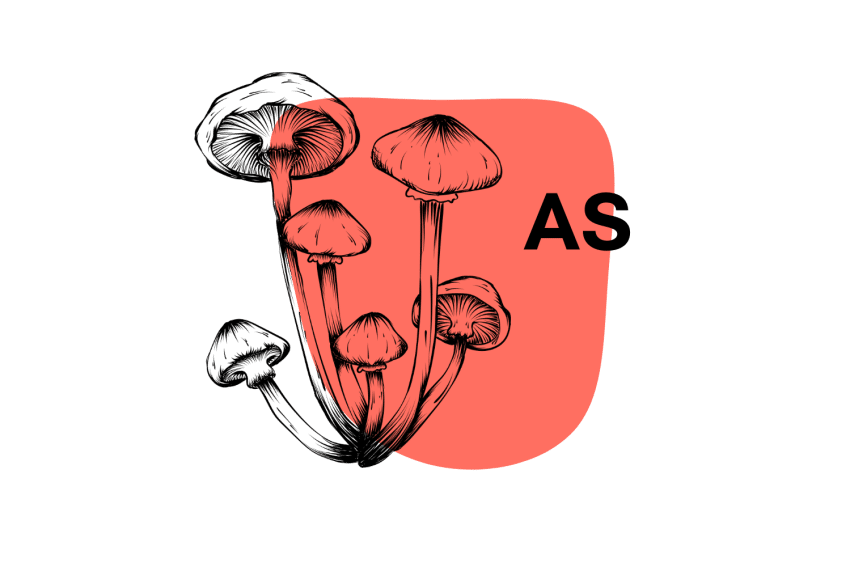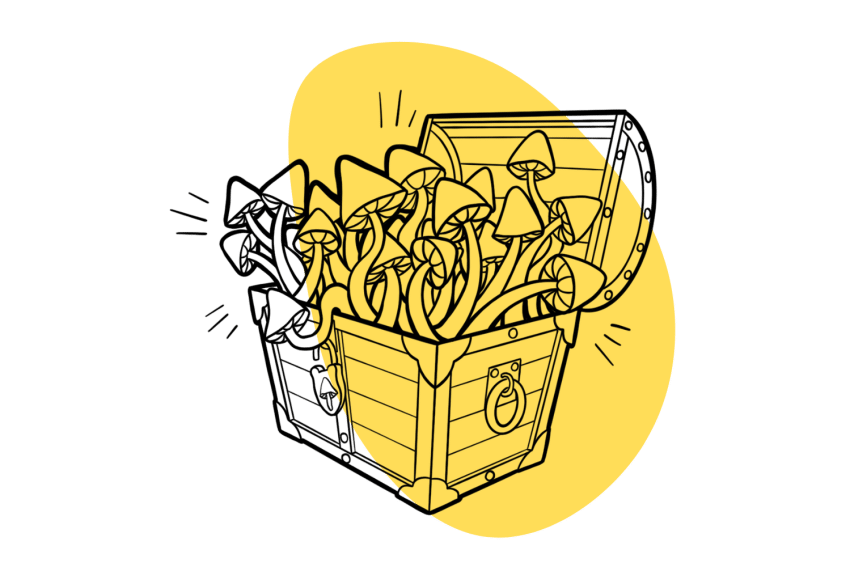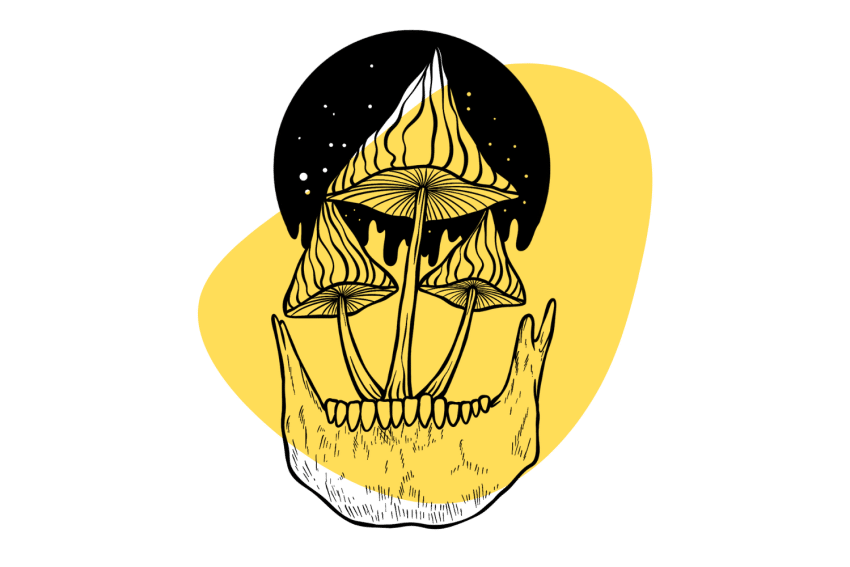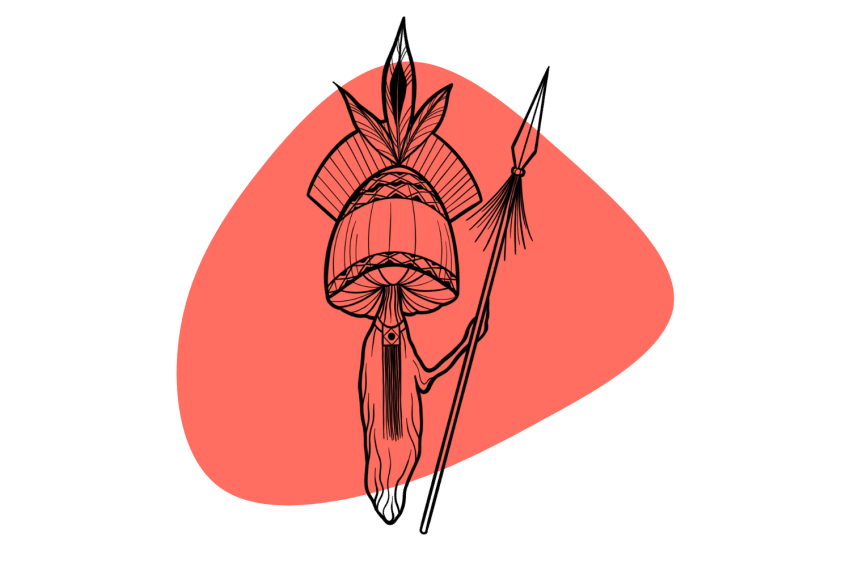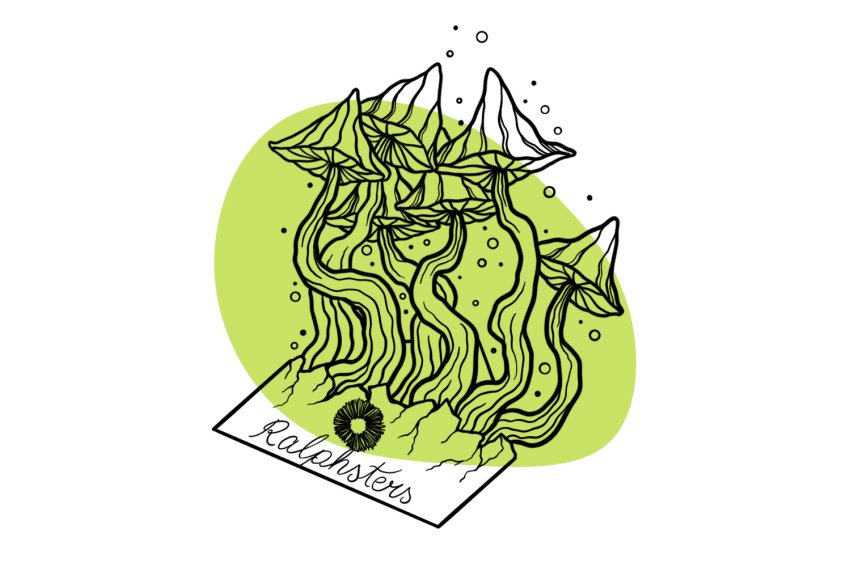Hawaiian Strain: A Typical Cubensis Strain From The Tropics
This strain is worth a try both for experienced shroom users and for those just getting into the weeds.
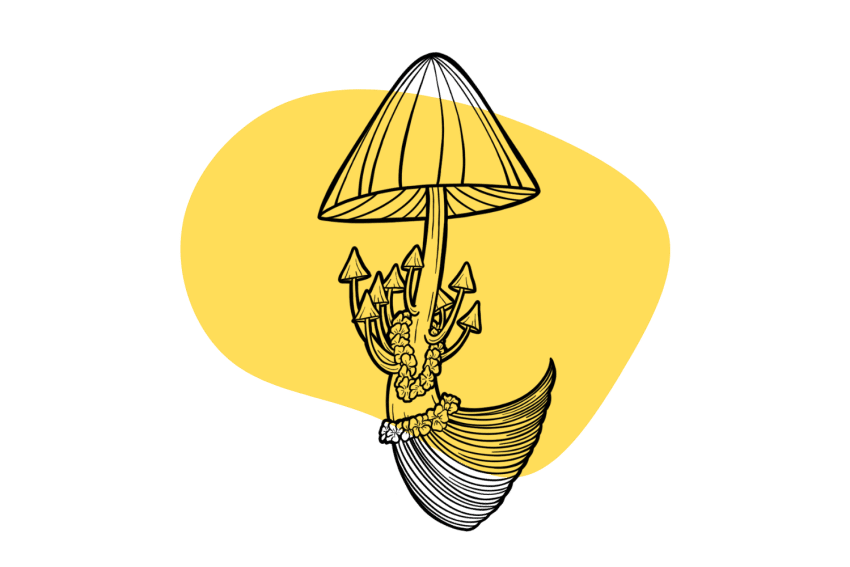
The Hawaiian strain is about as typical as they come. They’re hard to differentiate from strains like Golden Teacher, Australian, or most Mexican strains — all of which feature the classic golden or light-brown colored caps, thick stems, and moderate-sized mushrooms forming in dense clusters.
Effects-wise, the Hawaiian strain is pretty average for a Psilocybe cubensis. The psilocybin levels aren’t particularly high, but these shrooms still produce remarkable psychedelic effects in doses of just 2 grams or higher (dried mushrooms).
This is an excellent strain for beginners (growers and users alike).
Hawaiian Strain Specs
| Potency | Average 🍄 |
| Cultivation | Easy |
| Species | Psilocybe cubensis |
| Substrate Recommendation | Rye Grain, wheat straw, manure |
| Sold By | Spores 101 (🇺🇸/🇨🇦), Miracle Farms (🇺🇸/🇨🇦), Sporeslab (🇨🇦), The Magic Mushrooms Shop (🇪🇺) |
History of The Hawaiian Strain
The true history and origin of the Hawaiian strain are, like many other strains of magic mushrooms, a bit of a mystery.
We do know that the most common type of Hawaiian strain, known as the PES Hawaiian, comes from the Pacific Exotica Spora (PES). PES was one of the early magic mushroom distributors and growers based in Hawaii.
Regardless of its complete history, Hawaiian magic mushrooms can be found pretty much everywhere these days. There’s no clear distinction between strains sold as “PES Hawaiian” and just “Hawaiian.”
Hawaiian Strain Potency & Psilocybin Content
Despite the popularity of the Hawaiian strain, especially considering how many different stores online keep it in stock, there isn’t a lot of concrete data regarding its specific psilocybin content.
However, based on user reviews over the years, it’s clear the Hawaiian strain is pretty typical in terms of effects. It’s unlikely this strain will completely blow your mind at the standard 2–3 gram dose.
We estimate the total tryptamine concentration (psilocybin, psilocin, and baeocystin) falls somewhere between 0.5 and 0.9% (dried weight).
With a light body high and a deep mind-expanding experience, you can expect bright, colorful visuals and a feeling of expansion and oneness.
Where to Buy Hawaiian Strain Spores
The Hawaiian strain is available pretty much anywhere that sells magic mushrooms these days.
Here are some of our favorite vendors to check out:
- If you live in the United States — Spores 101, Miracle Farms
- If you live in Canada — Spores 101, Sporeslab, Planet Spores
- If you live in Europe — The Magic Mushrooms Shop (🇪🇺), Shiny Spores (🇬🇧)
→ View all spore vendors & grow kit suppliers
How to Grow Hawaiian Strain
Growing your own mushrooms requires some practice, but it’s easier than you might expect — the Hawaiian strain is an excellent option to get started with because of its forgiving nature and decent yields.
The best place to get started is to order a magic mushroom grow kit from an established shroom distributor. This cuts out the need to worry about preparing and sterilizing substrate and incubation. You jump straight to the fruiting phase, where you can watch your mushrooms grow and harvest when they look ready.
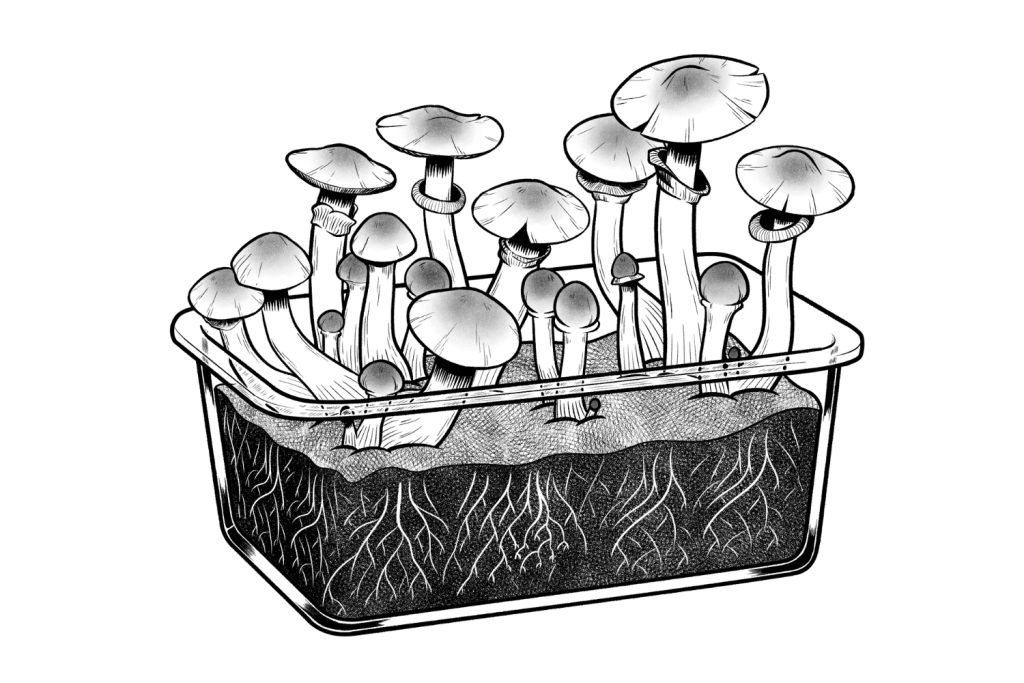
If you decide to grow this strain at home, aim to keep your fruiting chamber at a balmy 82 Fahrenheit or so, and ensure that the relative humidity is at least 90% in your growing space to encourage healthy mushroom growth.
After it gets settled, however, you can expect a prodigious crop, with plenty of attractive and recognizable Hawaiian shrooms bursting out from your growing medium.
Similar Strains
The Hawaiian strain is considered a “typical” Psilocybe cubensis mushroom in terms of its appearance and growth habits. This strain is hard to differentiate from many other popular mushroom strains on the market. Once dried, it’s virtually impossible to tell them apart from most other magic mushrooms.
Only a few strains, such as Penis Envy or the various albino strains, feature distinct physical differences.
Many experts even dispute the very existence of individual “strains” of magic mushrooms because of how similar so many of them are.
With that aside, here are some of the most comparable mushroom strains to consider as an alternative to Hawaiian magic mushrooms.
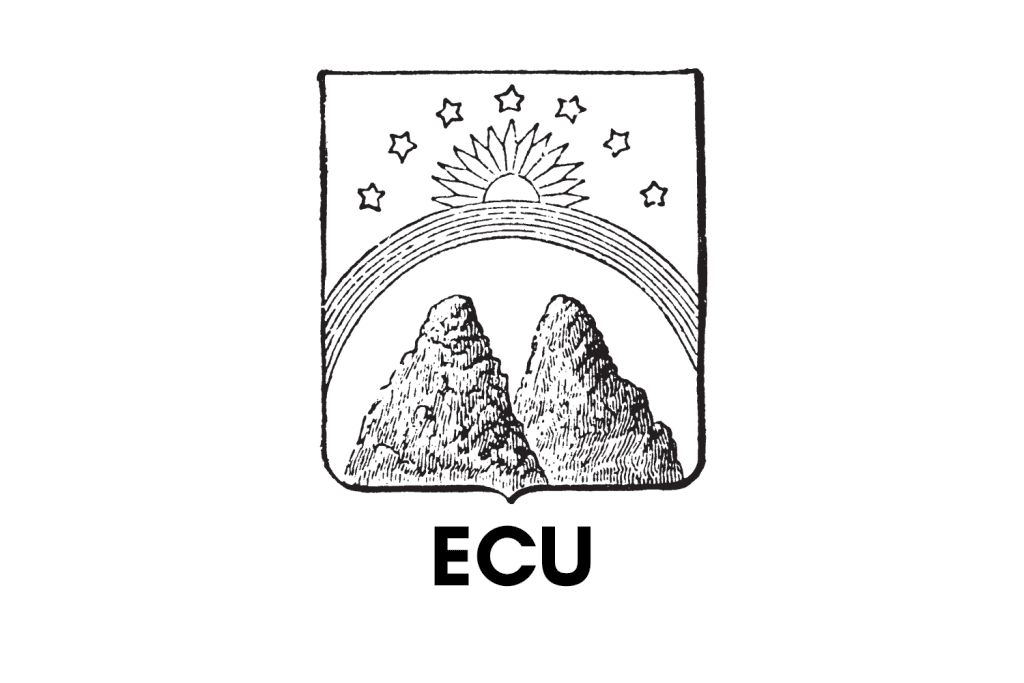
Ecuador Strain
The Ecuadorian magic mushroom strain hails from high up in the mountains of Ecuador.
This strain has a fairly typical appearance and offers a euphoric and gratifying state of mind that many people consider to be enlightening — if a bit short-lived.
The Ecuadorian mushrooms aren’t quite as potent as the Hawaiian strain, but you can expect a pretty similar trip overall, even if it doesn’t last quite as long.
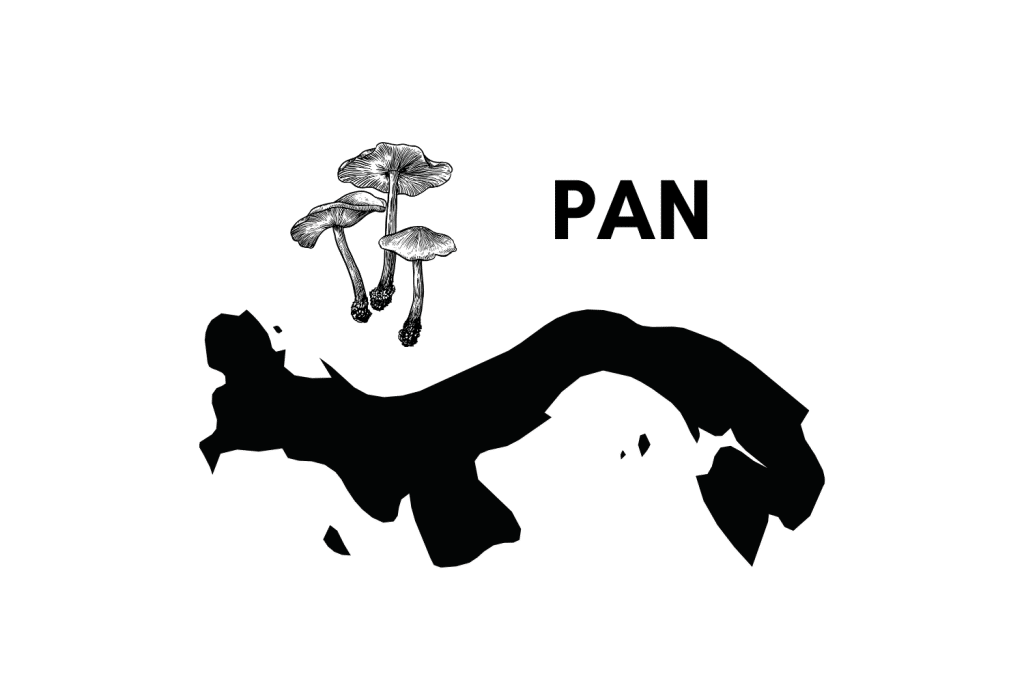
Panama Strain
Another tropical strain, the Panama mushrooms, were supposedly discovered in Panama City by someone working at one of the oldest spore vendors remaining today — Ralphsters spores.
This shroom strain is still around today — loved by its fast colonizing spores and a pleasant, colorful trip. Most vendors carry this classic strain.
Similar in appearance to the Hawaiian strain, the Panama strain is worth a try, even if only for its unique history.
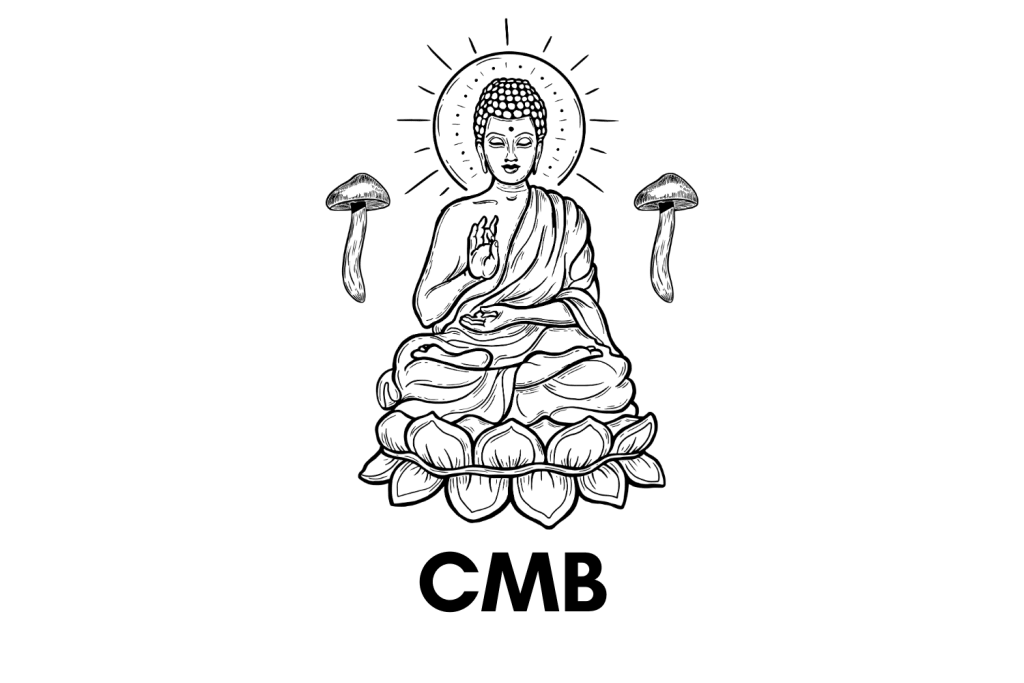
Cambodia Strain
The Cambodia strain resembles the Hawaiian strain in appearance and shares similarly high potency (most of the time). This strain can vary a lot depending on growing conditions. It’s believed that wetter conditions produce the most potent specimens of the Cambodian sinensis strain.
Originating from the jungles of Cambodia and, just like many other indigenous strains, famed for its use centuries before the western world had ever heard of shrooms, the Cambodia strain is a dependable and potent strain still commonly seen in shroom stores today.
Similar in shape, with the same wide and somewhat bell-looking caps, the Hawaiian strain is easily recognizable and discernible from the Cambodia strain by its thicker stems.
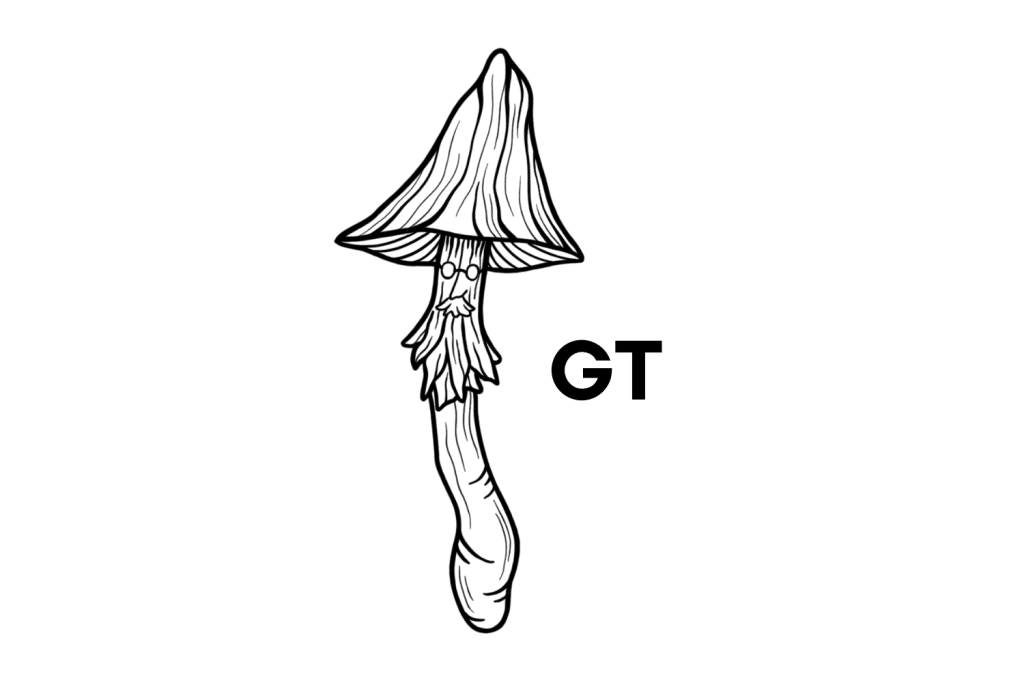
Golden Teacher
The Golden Teacher is another classic magic mushroom strain beloved by many. This is likely the most common mushroom strain you’ll come across on the market today. They’re easy to grow, provide consistent potency, and are highly resistant to mold or bacteria. They’ve also been around for decades and have worked up quite a name for themselves.
The Golden Teacher strain is known for its intense and all-encompassing open-mindedness. It’s a brilliant strain to offer to newcomers to shrooms.
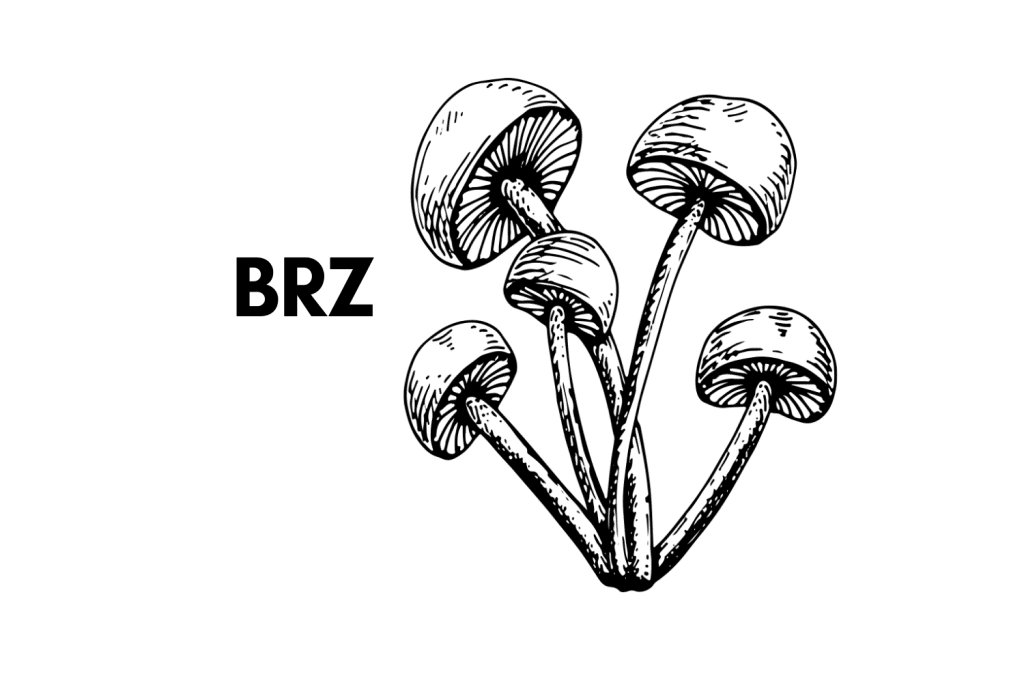
Brazilian strain
The Brazilian magic mushroom strain is another strain with a similar growing style and a love of humidity. This strain is easier to grow than the Hawaiian strain, which makes it a better option for beginner growers.
Expect a pretty similar high, though not as intense as the Hawaiian strain. Also expect a bit more of a pronounced flavor to the shrooms themselves.
Strains vs. Species: What’s The Difference?
One of the things that tend to trip people up a lot when it comes to understanding magic mushrooms is the fundamental differences between a mushroom strain and a mushroom species.
However, their differences are pretty easy to understand once you understand what they are.
A species is a large group of similar organisms that share a common ancestry and will contain a similar genetic makeup. All members within the same species can mate to produce viable offspring. They cannot mate with members of a different species.
A strain is a subtype within a species that displays unique observable and repeatable traits — such as faster or slower growth rates or differences in colors and flavors.
These differences come about as a result of epigenetic responses to their environment, meaning that they are different based on their evolutionary history and have adapted enough so as to be distinct from other strains.
Strains are noticeable in all life forms but are especially recognizable in any species that are impacted by the development of humans.
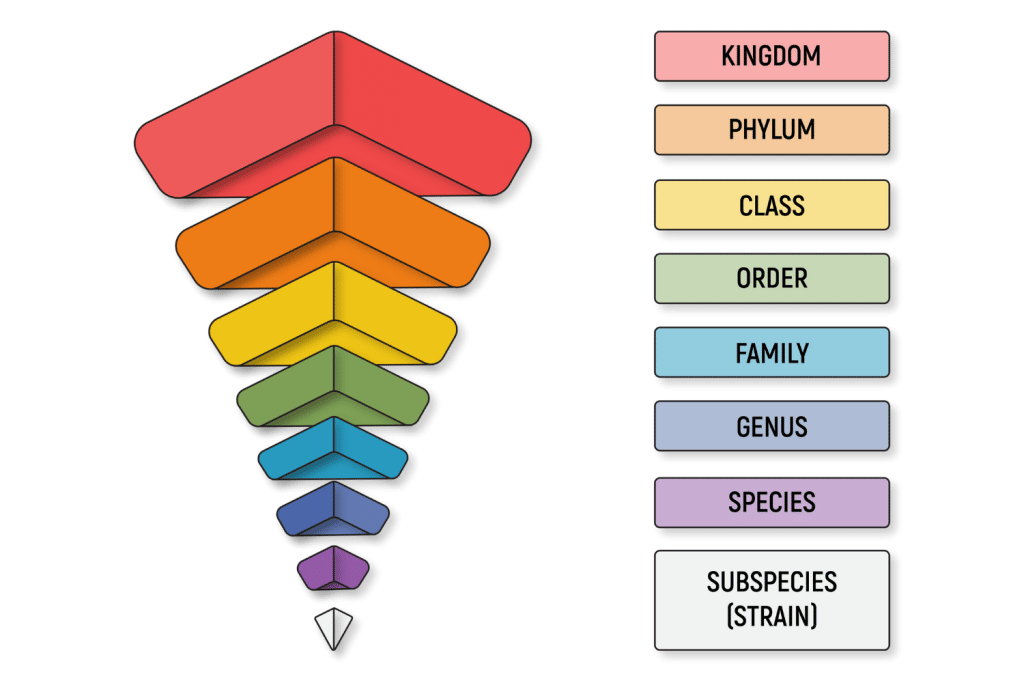
Cannabis, for example, has thousands of known strains. All members are part of the same species (Cannabis sativa) but feature distinct differences in chemical profiles and growth patterns.
Strains are common in plants that share a relationship with humans. This includes food crops like corn, apples, oranges, and lettuce — as well as psychoactive plants like kava, kratom, and coffee.

